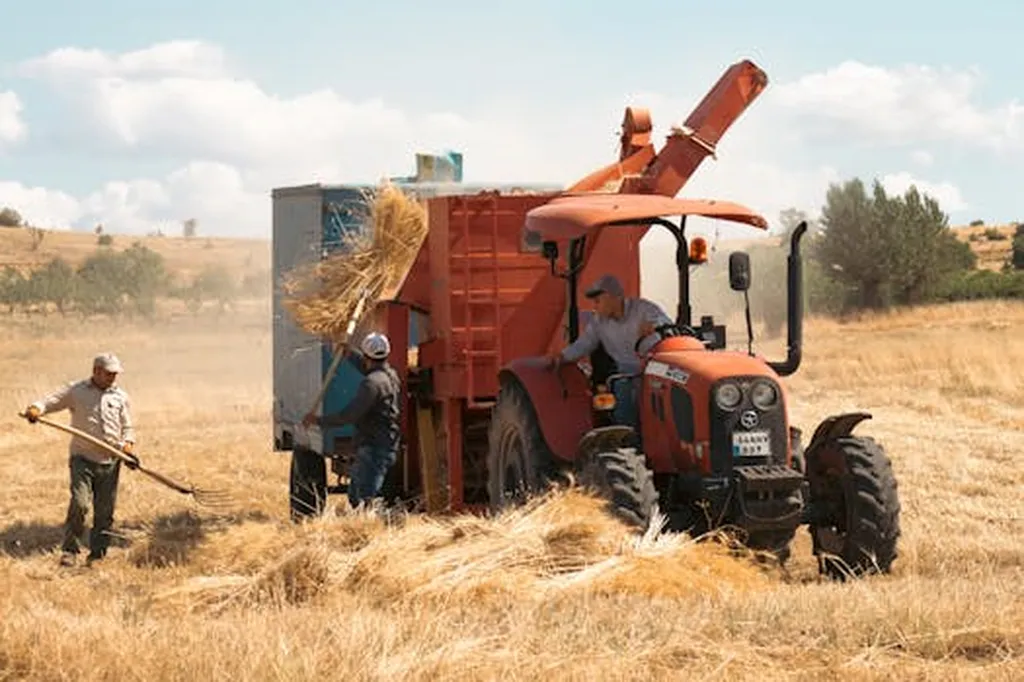In the heart of Europe’s agricultural landscape, a contentious debate is brewing, one that pits technological advancement against regulatory caution. A recent paper published in *Frontiers in Bioengineering and Biotechnology* sheds light on the challenges and opportunities in the regulatory landscape of genetically modified (GM) crops within the European Union (EU). The research, led by Monica Garcia-Alonso of Estel Consult in the United Kingdom, argues that the EU’s stringent regulatory framework is stifling innovation and limiting the agricultural sector’s potential.
GM crops, which have been widely adopted globally, have demonstrated significant benefits, including enhanced productivity and reduced environmental impact. However, the EU’s approach to GM crop regulation remains notably stringent, creating a complex and often unpredictable landscape for developers seeking import approvals. This regulatory environment has led to a paradoxical situation where the EU imports GM-containing crops for food and feed but restricts their cultivation within its borders.
The paper highlights the lengthy, costly, and unpredictable nature of the EU’s pre-market assessment process for GM crop import and food and feed use authorization. “The current regulatory framework is not only a barrier to innovation but also a missed opportunity for European farmers,” Garcia-Alonso notes. She argues that the EU’s reliance on the precautionary principle, while well-intentioned, has led to a disproportionate regulatory burden that stifles progress.
The commercial impacts of this regulatory landscape are profound. European farmers are denied access to technologies that could enhance their productivity and competitiveness in the global market. Meanwhile, the EU continues to import GM crops, benefiting from their advantages without allowing its own agricultural sector to reap the same rewards. This situation not only hampers innovation but also creates an uneven playing field for European farmers.
The paper proposes a series of practical adjustments to the EU’s risk assessment process that could unlock the benefits of biotechnology for European agriculture without compromising safety standards. These adjustments include streamlining the regulatory process, ensuring proportionality in risk assessment, and upholding the right to good administration. By adopting a more balanced approach, the EU could foster innovation, support its agricultural sector, and contribute more effectively to the United Nations Sustainable Development Goals.
The research by Garcia-Alonso and her colleagues serves as a call to action for policymakers to reconsider the EU’s approach to GM crop regulation. As the global agricultural landscape evolves, the EU must strike a balance between ensuring safety and fostering innovation. The proposed adjustments offer a pathway to achieving this balance, ultimately benefiting European farmers, consumers, and the environment.
In the broader context, this research could shape future developments in the field of agricultural biotechnology. By advocating for a more nuanced and evidence-based regulatory approach, the paper sets the stage for a more innovative and competitive agricultural sector in Europe. As the debate continues, the insights provided by Garcia-Alonso and her team will be instrumental in guiding policymakers and stakeholders towards a more balanced and forward-thinking regulatory framework.

